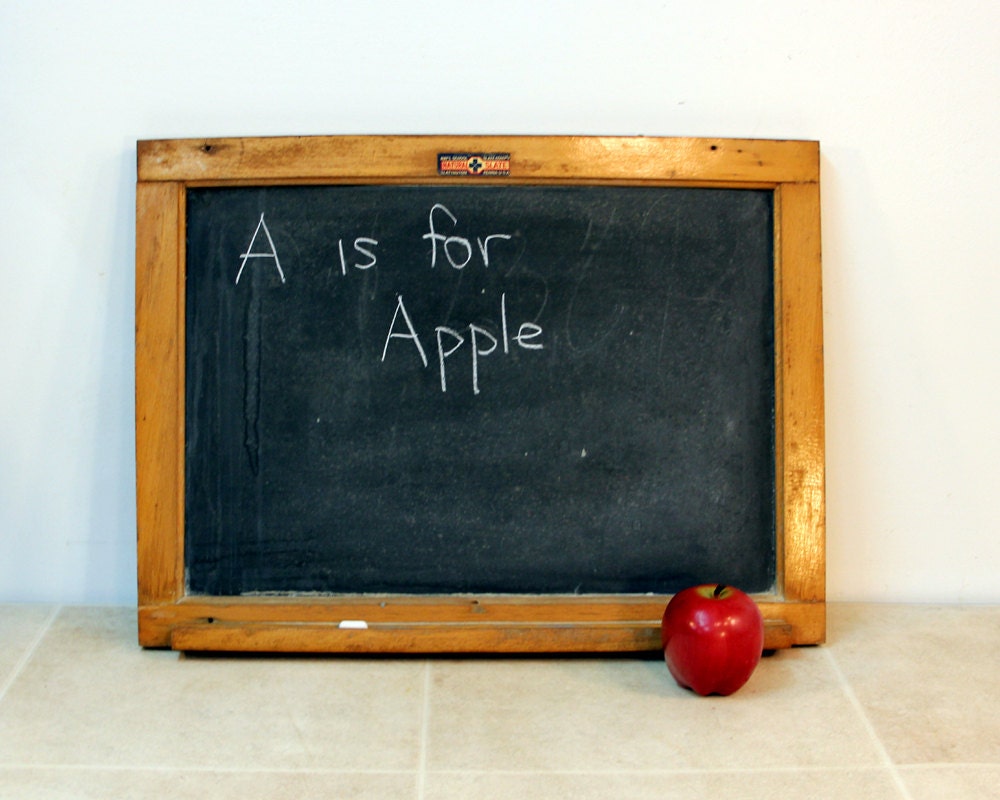

A ray passing through the center of either a converging or a diverging lens does not change direction.A ray entering a diverging lens parallel to its axis seems to come from the focal point, F, on the side of the entering ray.A ray entering a converging lens parallel to its axis passes through the focal point, F, of the lens on the other side.Where, for example, is the image formed by eyeglasses? We use ray tracing for thin lenses to illustrate how they form images, and we develop equations to describe the image-formation quantitatively. In other cases, the image location is less obvious.
Length of a real chalkboard movie#
In some circumstances, a lens forms an image at an obvious location, such as when a movie projector casts an image onto a screen. If you examine the label on a motor, the energy consumption rate is given as power in watts. If you examine a prescription for eyeglasses, the lens powers are given in diopters. It is an unfortunate fact that the word power is used for two completely different concepts. An expanded view of the path of one ray through the lens is shown in Figure 16.26 to illustrate how the shape of the lens, together with the law of refraction, causes the ray to follow its particular path and diverge. Note that the focal length of a diverging lens is defined to be negative. The distance from the center of the lens to the focal point is again called the focal length, or “ ƒ,” of the lens. In this case, the lens has been shaped so all light rays entering it parallel to its axis appear to originate from the same point, F, defined to be the focal point of a diverging lens.

The concave lens is a diverging lens because it causes the light rays to bend away (diverge) from its axis. Such a concentration of light energy can produce enough heat to ignite paper.įigure 16.26 shows a concave lens and the effect it has on rays of light that enter it parallel to its axis (the path taken by ray 2 in the figure is the axis of the lens). You may have heard of the trick of using a converging lens to focus rays of sunlight to a point. Note that rays from a light source placed at the focal point of a converging lens emerge parallel from the other side of the lens. An expanded view of the path taken by ray 1 shows the perpendiculars and the angles of incidence and refraction at both surfaces. The distance from the center of the lens to the focal point is the focal length, ƒ, of the lens. (This is in accordance with the law of refraction.) As a result of the shape of the lens, light is thus bent toward the axis at both surfaces.įigure 16.25 Rays of light entering a convex, or converging, lens parallel to its axis converge at its focal point, F. Because the index of refraction of the lens is greater than that of air, the ray moves toward the perpendicular as it enters and away from the perpendicular as it leaves. An expanded view of the path of one ray through the lens is shown in Figure 16.25 to illustrate how the ray changes direction both as it enters and as it leaves the lens. Such a lens is called a converging lens because of the converging effect it has on light rays.

The central axis, or axis, is defined to be a line normal to the lens at its center. The convex lens shown in Figure 16.25 has been shaped so that all light rays that enter it parallel to its central axis cross one another at a single point on the opposite side of the lens. Concave, convex, focal point F, and focal length f have the same meanings as before, except each measurement is made from the center of the lens instead of the surface of the mirror. Some of what we learned in the earlier discussion of curved mirrors also applies to the study of lenses. In this section, we use the law of refraction to explore the properties of lenses and how they form images. Lenses are found in a huge array of optical instruments, ranging from a simple magnifying glass to the eye to a camera’s zoom lens. Review the terms focal point, focal length, object distance, image distance, concave, convex, converging, and diverging from the Reflection section. Review the lens/mirror equation from the Reflection section.


 0 kommentar(er)
0 kommentar(er)
